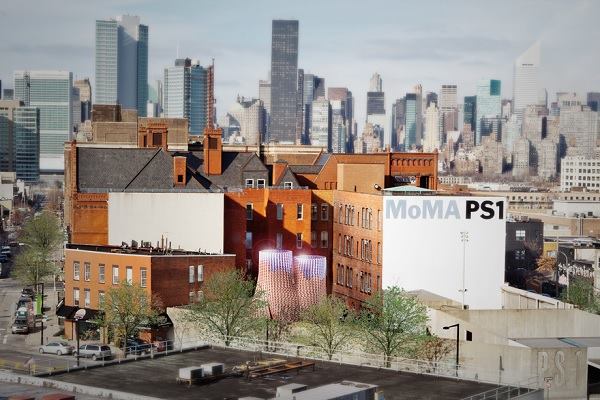Does architecture have to look strange to be considered good? Does it have to show us something we haven’t seen before? Or should it do what we know well? Those are the questions some readers and commentators raised on reading my post on who might be the best young architects in the United States.
My short answer to the questions above is that the best architecture is that which is beautifully made and seems at first familiar or normal, but that opens up new kinds of spaces, and new ways of seeing and belonging. Perhaps it even surprises or puzzles us while making us at home within or around it. I think that any cultural endeavor, including architecture (as opposed to rote building), has to do more than just reaffirm traditions because its task is to reveal aspects of our reality we might know and to make a space for us.
That does not necessarily mean that architecture has to be a question of formal innovation or even the invention of new forms, shapes, or images. I also believe that the surprise of the strangely familiar can be more effective than startling us, especially in a form of art that we usually experience through use and inhabitation.
I do not mean to say that there is not a place for surprise and radical revolt against the tried, the true, and the boxy. Such approaches are especially valuable in the design of those icons around which our society gathers (cultural and civic projects), private homes for those who want to reinvent themselves or their sites, and temporary installations whose function is exactly to exhibit something new.
Having said all of this, I must say that I am hard-pressed to find many architects whose work consists of forming and deforming what we know into something that does more than affirm the existing social, economic, and political status quo, that answers the new conditions of sprawl, and that finds way to preserve, rather than use up, natural resources.
The winner of the 2014 Museum of Modern Art P.S. 1 Young Architects Program award at least points to some new directions. Created by David Benjamin and his firm, The Living, the winning proposal consists of three towers made of reflective “bio-brick” consisting of corn stalk and mushrooms. Its design comes out of the necessity of first growing part of the materials (the mushrooms) and then using the seedbeds, moved to the top of the towers, to light the interior. The shape also will funnel air through the structure to cool down the semi-enclosed space.
Whatever the reason for the resulting object’s appearance, it hews closely to what by now has become one of the tropes of computer-assisted design: interlocking, curving columns. Rotterdam, Netherlands–based firms OMA and MVRDV, among others, argue about who first developed it, but it is now visible on student desks and skyscraper proposals everywhere—thought I have not yet seen any built examples. The Living’s design, Hy-Fi, might be the first, though it will be a temporary pavilion that will have no function beyond gathering, resting, and partying. If it all works, it will also be one of the most fully realized bio-buildings ever constructed. As such, its form will be a proof of concept both formally and environmentally. That might not sound like all that much, but it is certainly a step in the right direction.
Aaron Betsky is a regularly featured columnist whose stories appear on this website each week. His views and conclusions are not necessarily those of ARCHITECT magazine nor of the American Institute of Architects.
